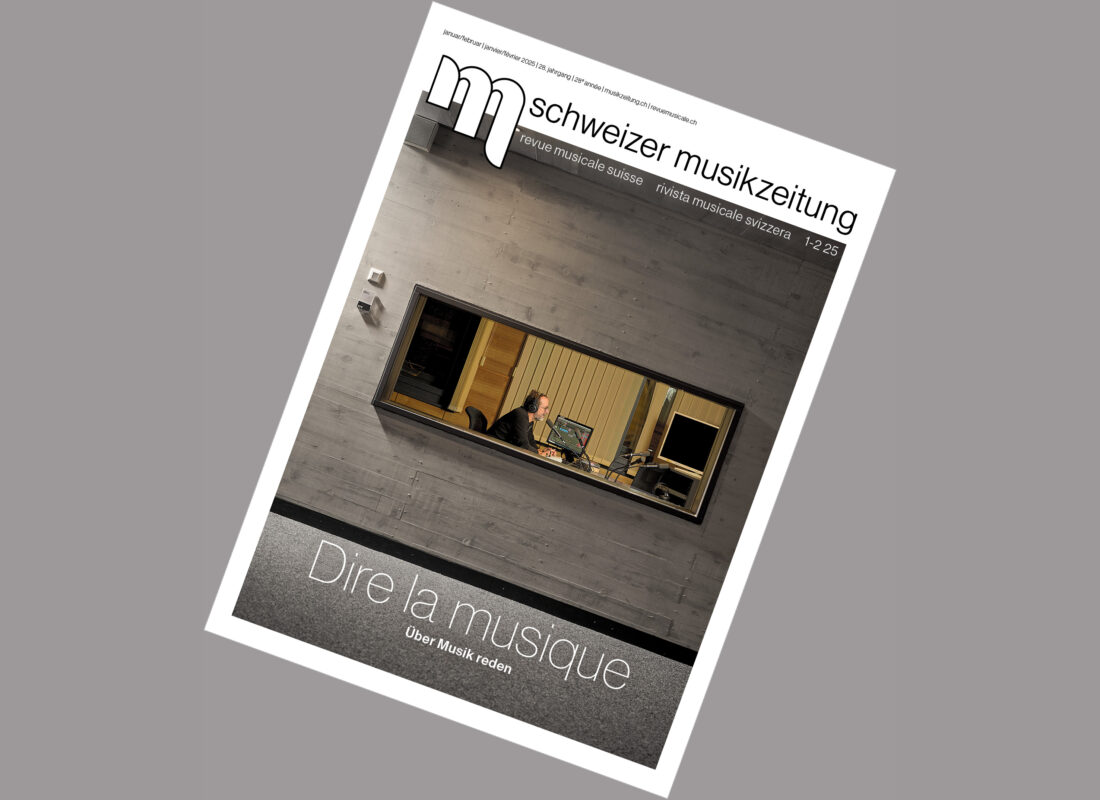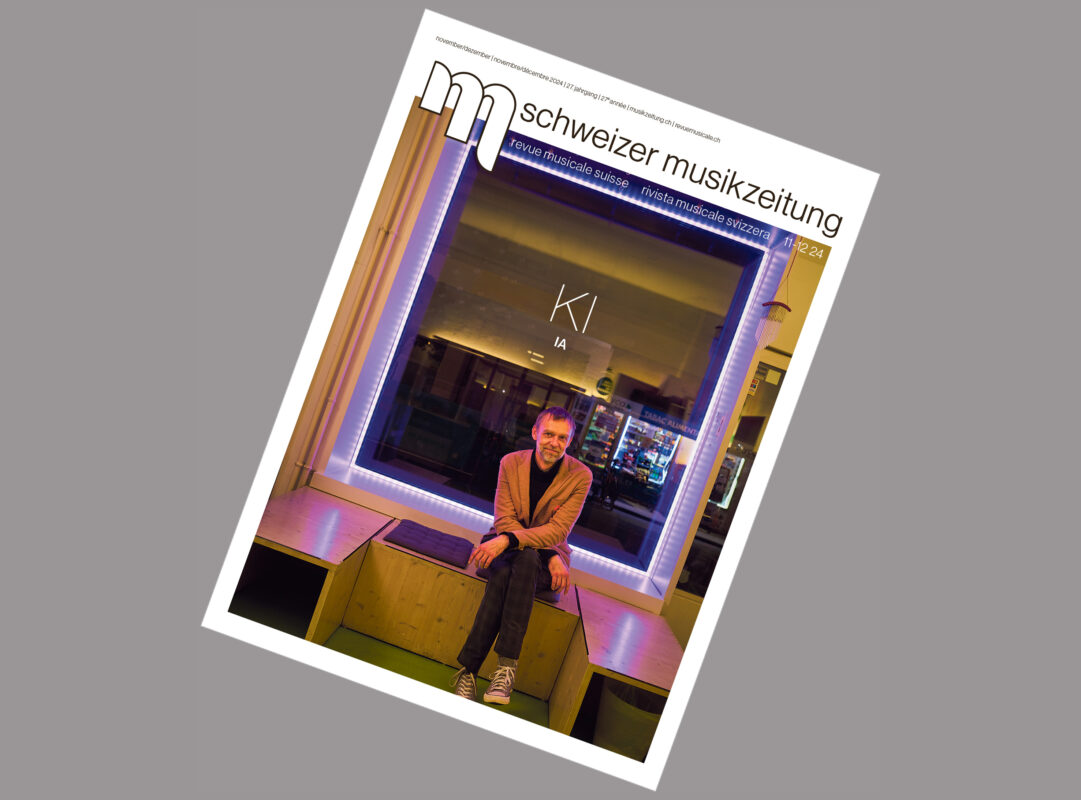Walkman - on the road with my music
Launched in 1979, the Walkman revolutionized music enjoyment by making the listening experience possible anywhere, anytime.


Launched in 1979, the Walkman revolutionized music enjoyment by making the listening experience possible anywhere, anytime.
It all began in Switzerland, in the forests around St. Moritz to be precise. It is February 1972 and Andreas Pavel is walking through the woods surrounding the Engadine village with his fiancée. It is snowing, they are surrounded by nature and decide to start their experiment. They put on their headphones, Pavel presses the play button on the stereo belt he has recently constructed, and it starts playing Push Push by Herbie Mann and Duane Allman, their favorite piece at the time. "Suddenly it was as if we were flying," he would say decades later, "an incredible feeling. I had a device with which I could multiply the aesthetic potential of any situation."
The Stereobelt was a modified dictation machine with a hi-fi reading head and two outputs for the headphones, attached to a belt with compartments for the batteries and a supply of audio cassettes. Andreas Pavel, a cosmopolitan philosopher and designer of German origin who grew up in Brazil, had developed it in a Milan laboratory for his own entertainment. When he had the device patented and wanted to offer it to the big electronics companies, he received a clear rejection. They asked, almost scornfully, who would ever want to shut themselves off from the world in order to listen to music?
1979: The Walkman from Sony
In 1979, Sony launched the Walkman onto the market. Masaru Ibuka, co-founder of the Japanese company, had grown tired of packing a large device in his suitcase for his countless business trips in order to listen to his favorite tracks. He therefore commissioned the company to develop a compact version of it that could be carried around, with "playback" as its only function and optimized for use with headphones. The idea of listening to music while walking appealed to the other Sony founder, Akio Morita. And so the Walkman was born, which owed its name to the popularity of Superman at the time and the portable recording device Pressman, of which it was a logical development.

- Photo: Flickr
- Girls in sportswear
- It shows a Walkman and a cassette - which look tiny. The image from the advertising of the time perfectly summarizes both the idea of youthful zest for action and freedom of movement.
Interestingly, the first Walkman, at Akio Morita's express request and just like the Stereobelt, also had a double output for the headphones so that two people could listen at the same time. It was also equipped with microphones and a "hotline" button. This turned down the volume and the two people could talk to each other without taking off the earbuds. Morita's fear was the same that had already prevented the Stereobelt from emerging, and was confirmed by the skepticism of the first resellers: They were wary of an alienating technology that urged people to rudely segregate themselves to listen to their own music. But the success of the Walkman swept any fears aside: 30,000 units were sold in the first two months of marketing, and it soon lost the double output as well as the "hotline" function,because people obviously preferred to own the fashionable gadget on its own. Over time, the Walkman brand was able to develop the technology further and continued to create its own new portable CD and MP3 readers. To date, more than 200 million units have been sold, while Andreas Pavel finally won the legal battle against the Japanese colossus Sony for recognition of his patent just a few years ago.
A symbol of independence
The Walkman - or the stereo belt, if you like - can be considered one of the great inventions that changed our way of life in the 20th century, just like radio or television. At the press conference to present their product in June 1979, Sony brought the journalists to Yoyogi Park in Tokyo. They were given Walkmans to walk around freely and listen to a recording that took them to various demonstrations by young people. They rode bicycles or skated and used a Walkman themselves. The whole advertising campaign revolved around independence in movement and youthful drive, to which the name of the product also refers. Portable transistor radios had already been around for a good twenty years, which were - not too conveniently - tucked away in a shirt pocket and could be used with headphones. The Walkman, on the other hand, was revolutionary because it not only gave its owners freedom of movement, but also and above all the freedom to choose what they wanted to listen to and when they wanted to listen to it. It was the answer to the desire for music consumption tailored to personal needs, changing and nomadic in comparison to listening to the radio, which by its very nature creates an external community. It can be said that radio and television brought the world inside the home, but that with the Walkman, people began to bring some of their own domestic intimacy - the inward intensity of the secluded enjoyment of their favorite music and the emotions it evoked - to the outside world. This radically changed the perception of the outside world.

- Photo: Sony
- The first Walkman models had two outputs for headphones and a "hotline" button for communication between the two handsets. There was a fear that a device that encouraged too much isolation could be unsuccessful.
The Walkman effect
When you put on a pair of headphones, you can not only choose what you want to listen to, but also what you don't want to listen to. These days, it's rare to meet someone in an urban environment without earbuds or giant branded headphones. This is the pandemic spread of the very first sociological effect of the Walkman, which Shuhei Hosokawa observed back in 1984 and called the "Walkman effect" in one of the first studies. He described the use of this device as a protective strategy against everything that is unpleasant in a city: the noise, the forced interaction with other people, the overstimulation of all the senses. With the technological equivalents that have been developed since then, it has obviously become essential to be deaf to the noisy invasion of our culture. In the beginning, however, when it was even rarer, the Walkman was perceived by many people as disturbing (as Akio Morita had predicted) because it created an isolation that unbalanced the relationship with others. Those who use such a device amplify their own experience through a soundtrack that they select themselves and that alters their perception of reality, while those who come into contact with them feel excluded and irritated. Communication is impaired by the acoustic isolation that favors other perceptions.
The aestheticization of reality
The attitude towards the Walkman was therefore ambivalent at the beginning. It would have been easy to demonize the device: it would have been enough to draw attention to the spiritual impoverishment of the individual who conforms to the masses by using a fashionable product to ultimately alleviate their own discomfort through music instead of fighting against a world that does not suit them. Nevertheless, its commercial success and technological development, from the music cassette to the smartphone with its infinite musical libraries, also oblige us to take note of the positive aspects and the real need: The Walkman and its successors have become a means of affirming one's identity by defining and controlling the experience of reality.

- Photo: Sony
- The Walkman, launched in 1979: 30,000 copies were sold within the first two months.
This happens first and foremost by "adding a soundtrack to reality". Both Andreas Pavel and many people interviewed about the early days of the Walkman used this expression literally. The daily experience of enjoying music in the inner space of your own headphones takes on a cinematic dimension. The observer becomes the director and the observed becomes the unsuspecting actor. It is a kind of voyeurism in the contradiction between the real world and that sensitively heightened world of the observer. Passivity and non-transferability enhance the pure beauty of the moment. But this is only the first factor in an artistic colonization of reality, through which the listener adapts to the surrounding world and takes control of many of its dimensions. The young man listening to music from his iPod and running controls his spatial movement through the rhythm of the music tracks; the commuter who has to travel long distances on public transport tries to make time pass more quickly by distracting himself with music; the employee suppresses his thoughts and stabilizes his own mood while listening to his favourite CD until the moment he sets foot in the office, while the boy cheers himself on the slopes of the skate park by playing the playlist of his favourite slammers. And apparently everyone, both those on a crowded train and those on the street, too beautiful or too shy or those who are not in the right mood, control their social interactions and decide on their own accessibility. They immerse themselves in a bubble of sound, in a world they love because it is totally private and hedonistic, created from the music they have chosen and with which they can form a close relationship.
Whether during the limited minutes of an audio cassette or in the virtual infinity of streaming portals: this music that we often enjoy is not a specific album, but a compilation, a playlist, made to personalize reality and adapted to certain recurring situations. It is precisely the music we need for a certain route, a certain place, in a certain weather, to fall asleep, to study, to evoke memories of people or situations. And essentially, to express one's own identity and define one's own private world in which one is free to be oneself.
Gianluigi Bocelli
... is a guitarist, musicologist and writer








